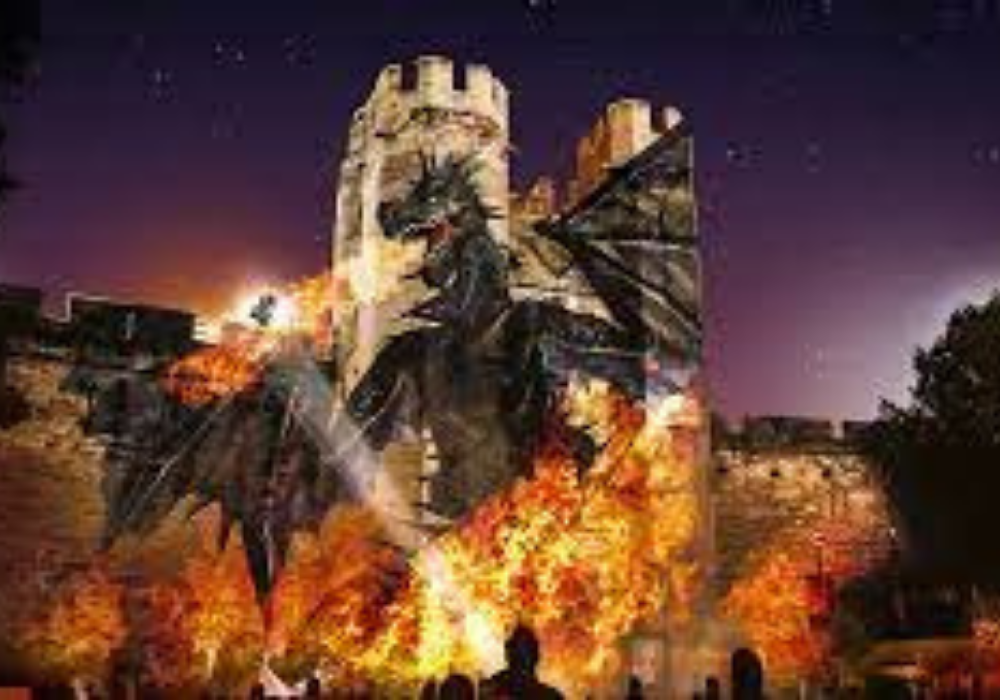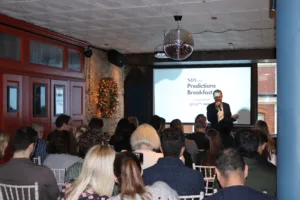By Tom Burch, Managing Director at Pixel Artworks
As time passes by, especially during the pandemic, heritage sites have been pushed into the background, no longer relevant or on the general public’s radar. Around the world, they were forced to shut their doors to visitors. These once bustling places became very much out of sight and out of mind only recently being able to reopen to a limited tourist trade. Forgotten, especially by upcoming generations that would have once packed out the sites during the Summer holidays. However, the natural and historical wonder of these physical locations is, and can be, brought back to life for all generations through sensory stimulation and technology that enhance the magic for visitors, many of whom have been craving creativity during lockdowns. Sadly the amount of people visiting is still comparatively low to pre covid and attractions need to ensure revenue per head is enough to ensure long term success – elevating experiences is one way of achieving this.
Offering the unforgettable
Historical locations such as St Michael’s Cave, on the infamous Rock of Gibraltar, is not a destination you hear many people aspire to visit, despite the crucial role it played for the UK in WW2 and today. This is not an isolated occurrence. People need to be reminded of these beautiful places, steeped in history. Gibraltar is doing just that. We created a show called ‘The Awakening’ using complex projection mapping technology, lighting design and immersive audio, to take the audience on an extraordinary journey through Gibraltar’s natural history inside St Michael’s Caves. It showcases the beauty of the cave while uncovering the layers of Gibraltar’s history fused within the rock, creating a magical display and an unforgettable unique experience. The likes of Catherine Zeta-Jones with Michael Douglas have already enjoyed the experience. With a projected 4-6 x ROI, the work it takes to refresh a heritage site is worth the time and effort.
Blending the old with the new
As the use of technology has increased across all generations due to the pandemic, there is no better time than the present to introduce innovative technology to enhance historical experiences. This not only adds a new element for returning guests but also widens the demographics of potential audiences. At the Tower of London technology has been seamlessly used throughout the experience, from the beginning to the end. Whether it’s being guided by a raven’s voice through the site, or virtually trying to load a pistol and shoot it to get an idea of what it was like in the olden days, the blend of both physical and digital worlds work perfectly in unison and is accessible for all opening up the experience.
Creating a new revenue stream
Post pandemic, whilst some consumers are still nervous about being inside for long periods of time, innovation has never been more paramount. Traditional channels and revenue streams may not be available, meaning vital income was lost over the past 18 months. This is where creativity can come into its own. Warwick Castle, a family favourite, wanted to bring the forgotten legend of Guy of Warwick to life as a new experience for its audience – the answer, a 40-metre-high, fire-breathing dragon. With 14 shows running over a 7-week period, the design had to not only be impressive, but able to withstand the harsh outdoors. Combining animated characters and a dragon, green screen filming, special effects and voice over and sound design, the realistic creative shone from 150,000 lumens on the enormous castle walls. Through using integrated projection mapping, choreographed action and live pyrotechnics in a castle the event became a fan favourite.
It’s easy to think as a society we are only interested in new experiences that show us what the future looks like but it’s important to also spend time reflecting on how we got to where are now learning from the past. Breathing life into historic sites through the use of technology with VR, AI, interactive displays, lighting and music, engaging new audiences has never been more important nor needed. People are desperate to experience the world once again. Now is the time for heritage sites to think with open minds and let the magic take over and show the world why they are the right place to be visited.









